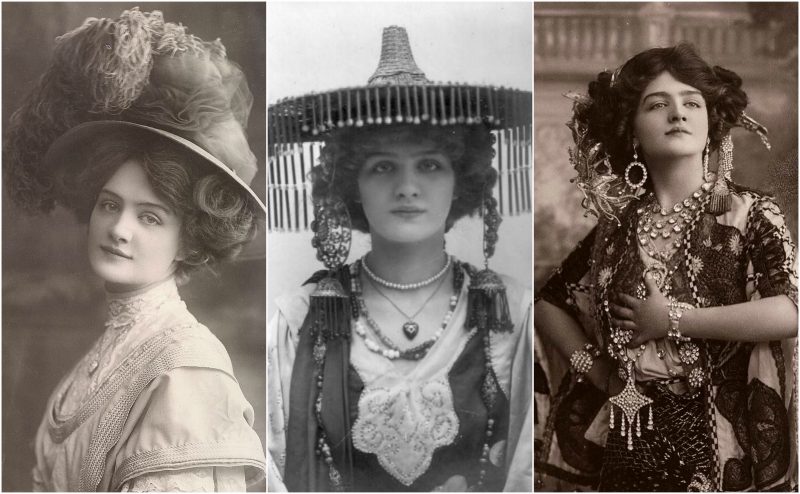Beginning as a child star in the 1890s, Lily Elsie was a popular English actress and singer during the Edwardian era, best known for her starring role in the hit London premiere of Franz Lehár’s operetta The Merry Widow.
Elsie built her reputation in several successful Edwardian musical comedies before her great success in The Merry Widow, beginning in 1907.
Afterwards, she starred in several more successful operettas and musicals. Admired for her beauty and charm on stage, Elsie, became one of the most photographed women of Edwardian times.
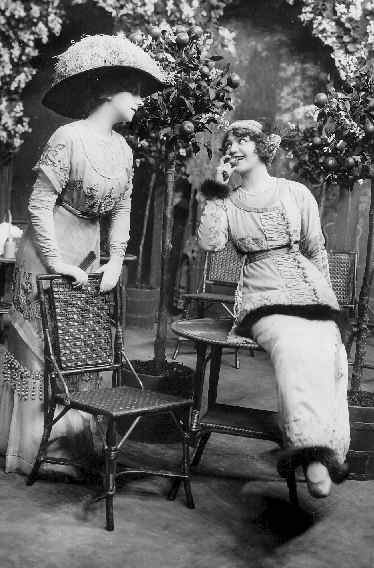
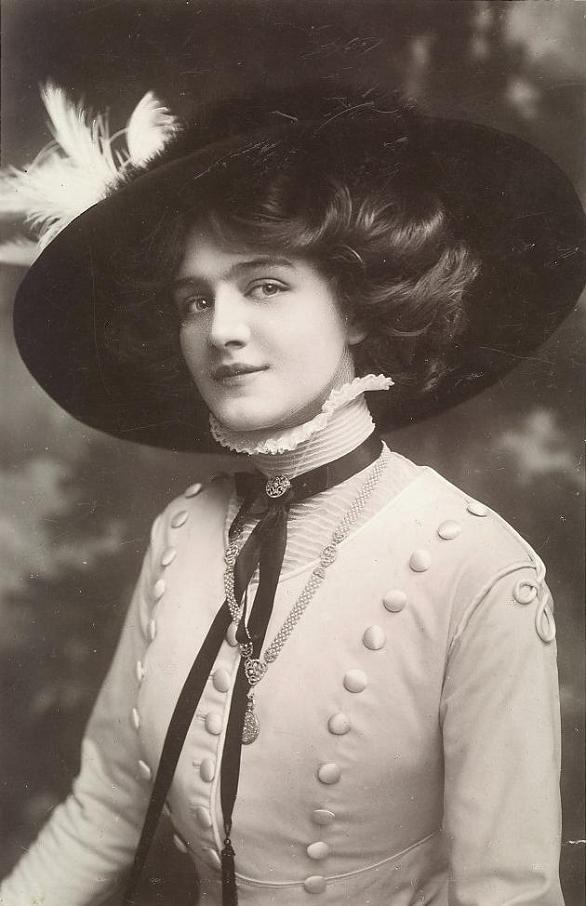
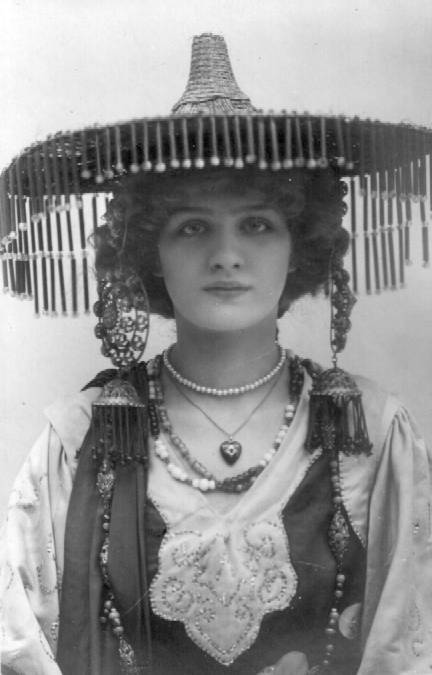
A precocious child star, Elsie appeared in music hall and variety entertainments as a child impersonator known as “Little Elsie”. Nevertheless, she was reportedly painfully shy, even as an adult. By 1895–96, she appeared in concerts and pantomimes in theatres in Salford.
In 1896, she played the role of Princess Mirza in The Arabian Nights at the Queen’s Theatre in Manchester. Then, at Christmas 1896–97, at the age of ten, she appeared in the title role of Little Red Riding Hood at the same theatre for six weeks and then on tour for six additional weeks.Her first London appearance was at Christmas 1898 in King Klondike at Sara Lane’s Britannia Theatre as Aerielle, the Spirit of the Air.
Elsie then toured the provinces, travelling as far as Bristol and Hull for a full year in McKenna’s Flirtation, a farce by American E. Selden, in 1900.She then played in Christmas pantomimes, including Dick Whittington (1901), The Forty Thieves (1902), and Blue Beard (1903) and toured in Edwardian musical comedies.
Which included The Silver Slipper by Owen Hall, with music by Leslie Stuart (1901–02), and Three Little Maids (1903).From about 1900, she adopted the stage name “Lily Elsie”
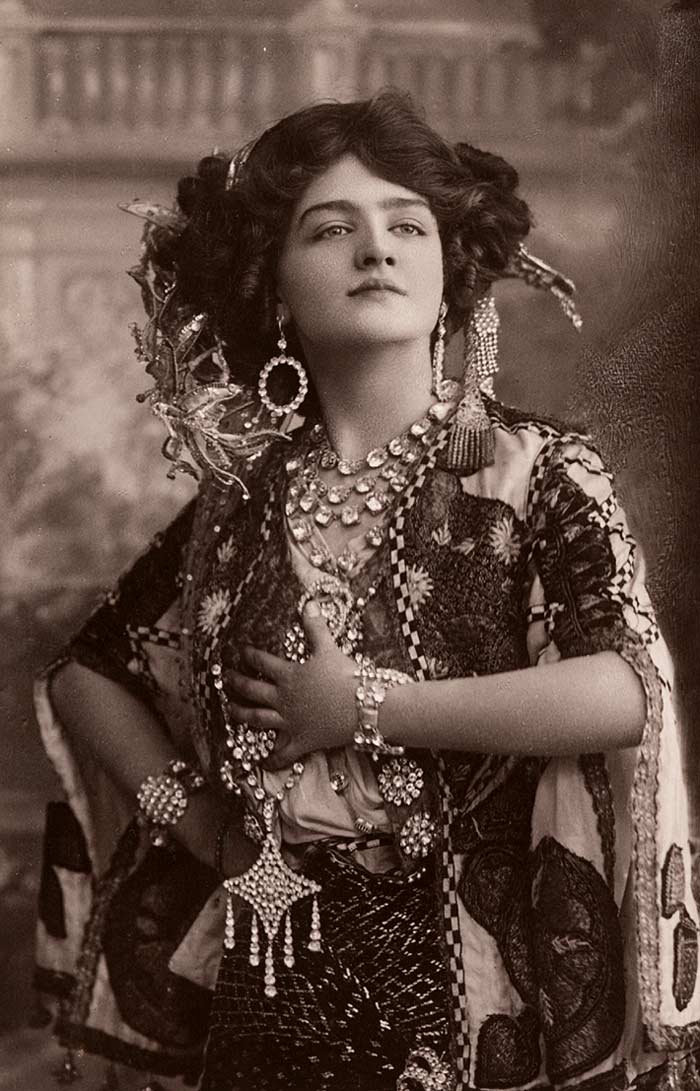
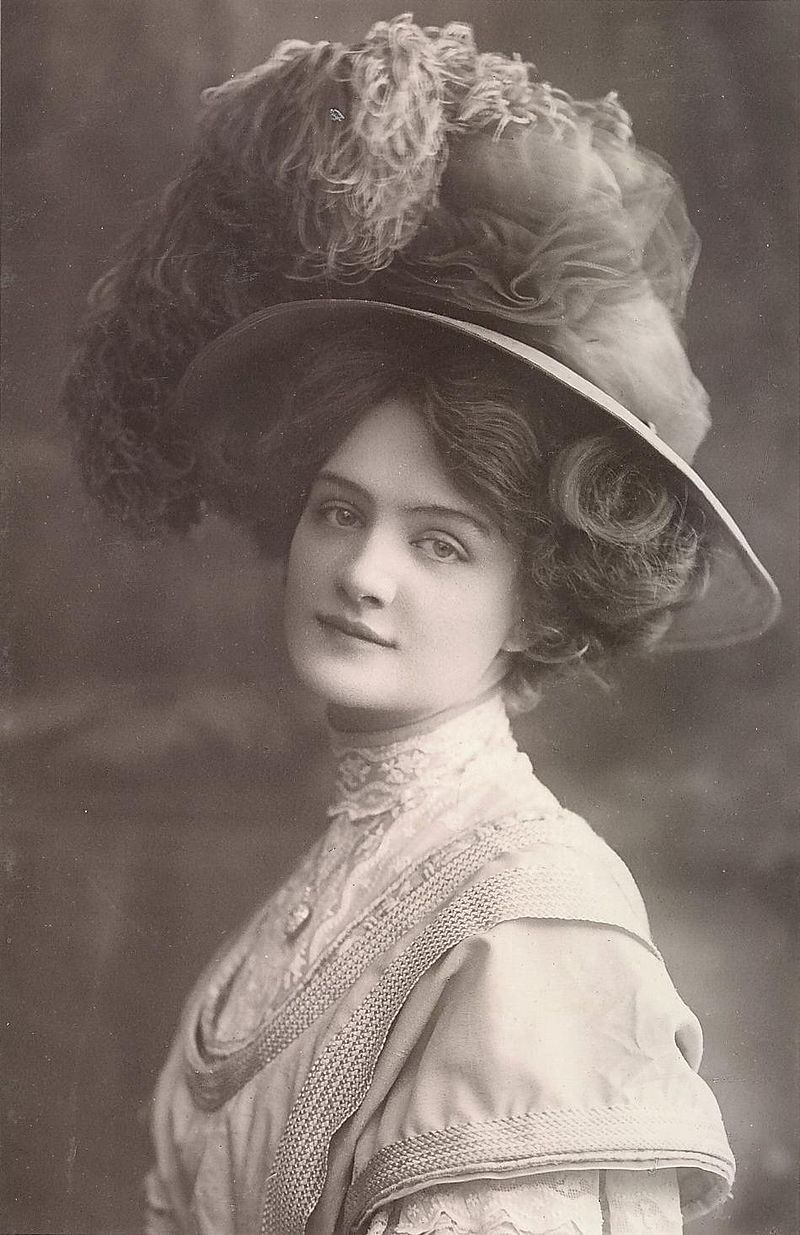
Elsie’s biggest success came in creating the title role in the English-language version of The Merry Widow in the London production. George Edwardes took Elsie to see the original German version (Die Lustige Witwe) in Berlin.
Elsie was at first reluctant to take on the demanding part, thinking her voice too light for the role, but Edwardes persuaded her to accept. Edwardes also brought her to see the famous designer, Lucile, for style coaching.
Lucile later wrote, “I realised that here was a girl who had both beauty and intelligence, but who had never learnt how to make the best of herself. So shy and diffident was she in those days that a less astute producer than George Edwardes would in all probability have passed her over and left her in the chorus.
“The production, with English lyrics byAdrian Ross, opened in June 1907 and ran for 778 performances at Daly’s Theatre. Elsie created the role at Daly’s and toured with it beginning in August 1908. The show was an enormous success for its creators and made Elsie a major star.
One critic at the opening night praised “the youthfulness, the dainty charm and grace, the prettiness and the exquisite dancing with which Miss Elsie invests the part…. I share the opinion of most of the first-nighters, who considered it could not have been in better hands, and could not have been better handled…. The night was a genuine triumph for Miss Elsie, and she well deserved all the calls she received.”
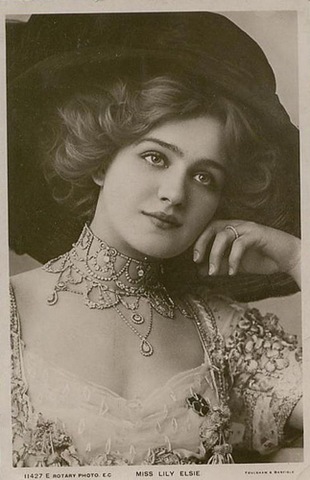
Lucile designed the costumes for Elsie in The Merry Widow (including the plumed hats that became an extraordinary fad) and thereafter used Elsie to promote her fashions, designing her personal clothes and costumes for several of her other shows.
Lucile wrote, “That season was a very brilliant one, perhaps the most brilliant of the series which brought the social life of pre-war London to its peak. And just when it was at its zenith a new play was launched with a new actress, who set the whole town raving over her beauty….” Elsie’s image was in great demand by advertisers and on postcards, and she received unsolicited gifts of great value from many male admirers (and even bequests).
Lucile commented, “She was absolutely indifferent to most [men] for she once told me she disliked the male character and considered that men only behaved tolerably to a woman who treated them coldly”.
Nevertheless, Elsie became one of the most frequently photographed beauties of the Edwardian era. According to the Atlanta Constitution newspaper in America, writing in 1915:
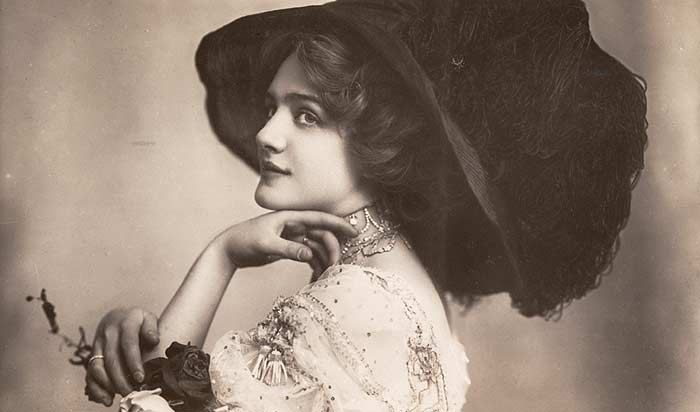
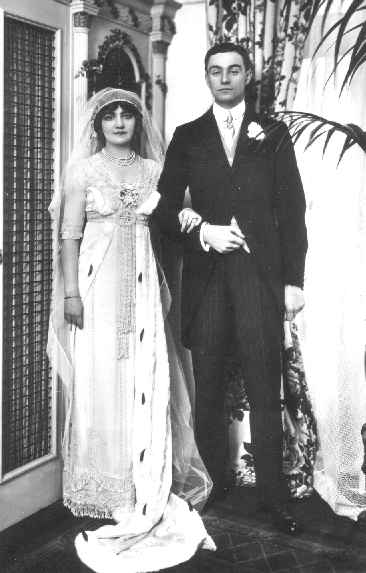
In 1920, Elsie moved with her husband to the Gloucestershire village of Redmarley D’Abitot. She spent ten years away from the stage this time, enjoying social events and fox hunting. She returned to performing, first touring and then appearing at the Prince of Wales’s Theatre in London in 1927 as Eileen Mayne in The Blue Train, the English language adaptation of Robert Stolz’s German musical comedy Mädi.
Her last show before retiring was Ivor Novello’s successful The Truth Game back at Daly’s Theatre in 1928–1929.
Finally, in 1930, Elsie’s unhappy marriage ended in divorce, her health deteriorated further and she became subject to fits of ill temper.
She became a hypochondriac and spent much time in nursing homes and Swiss sanatoria. She was diagnosed as having serious psychological ailments and underwent brain surgery that reportedly resulted in an improvement in her health. Her last years were spent at St. Andrew’s Hospital in London.
